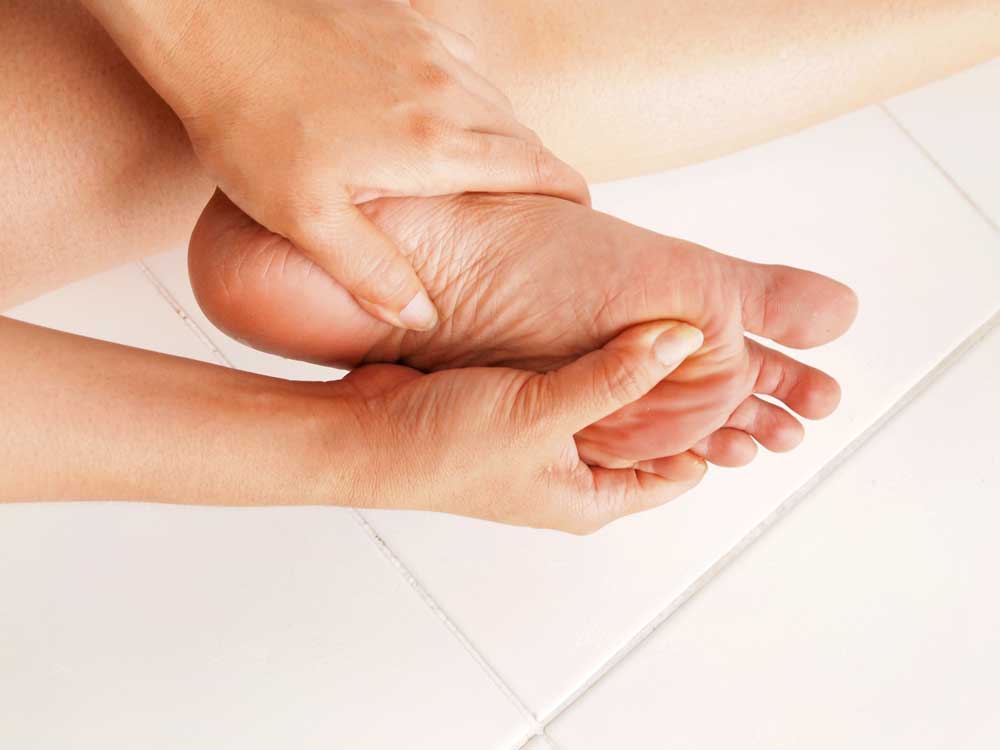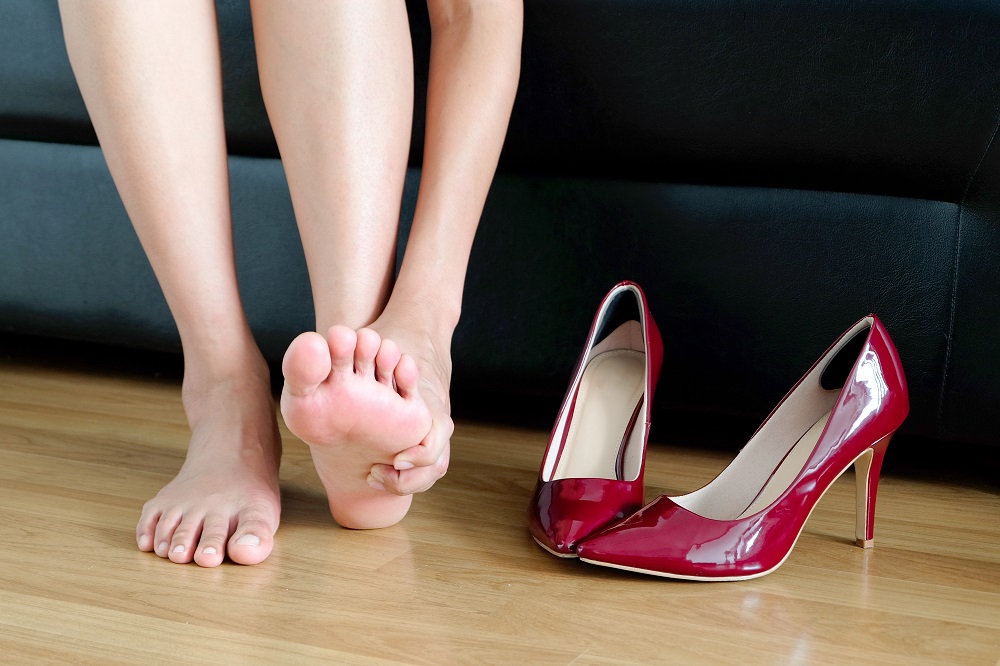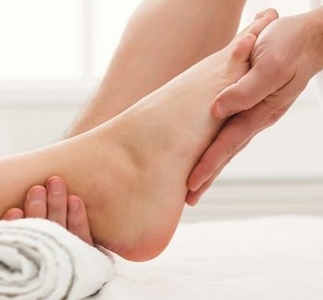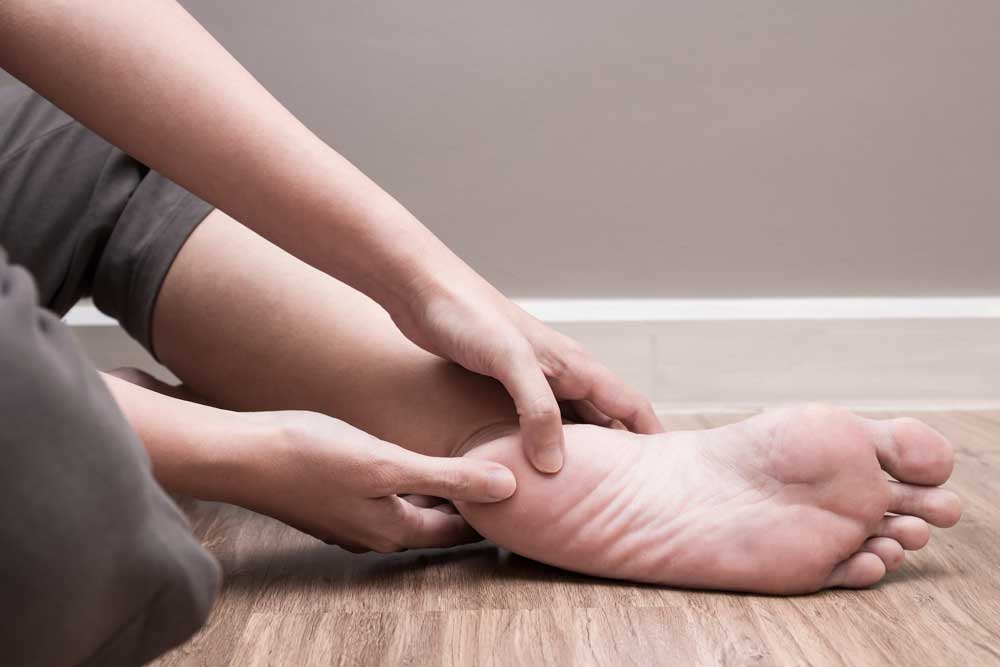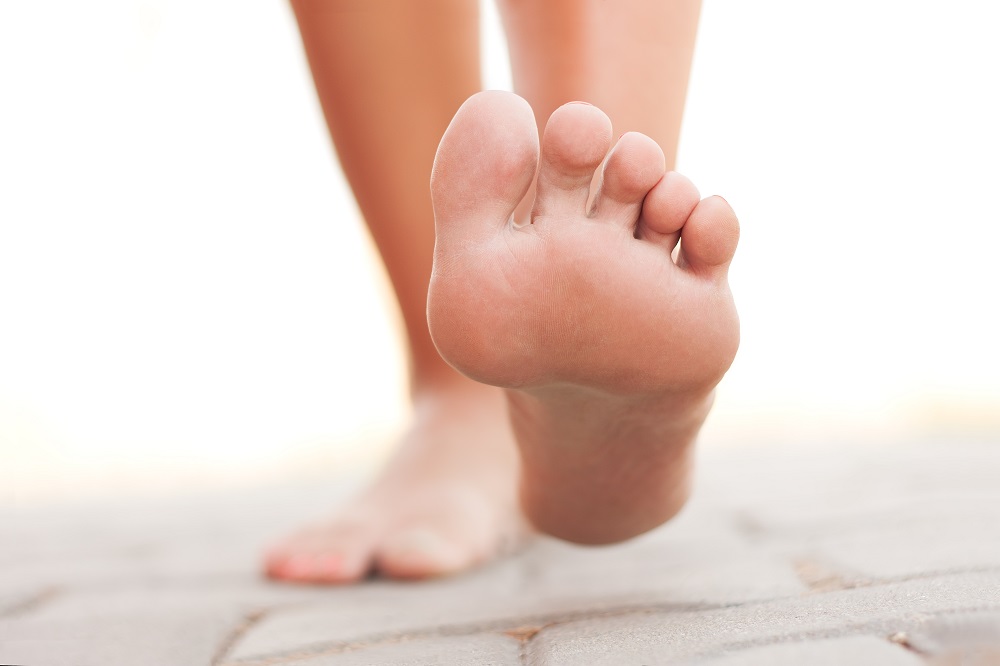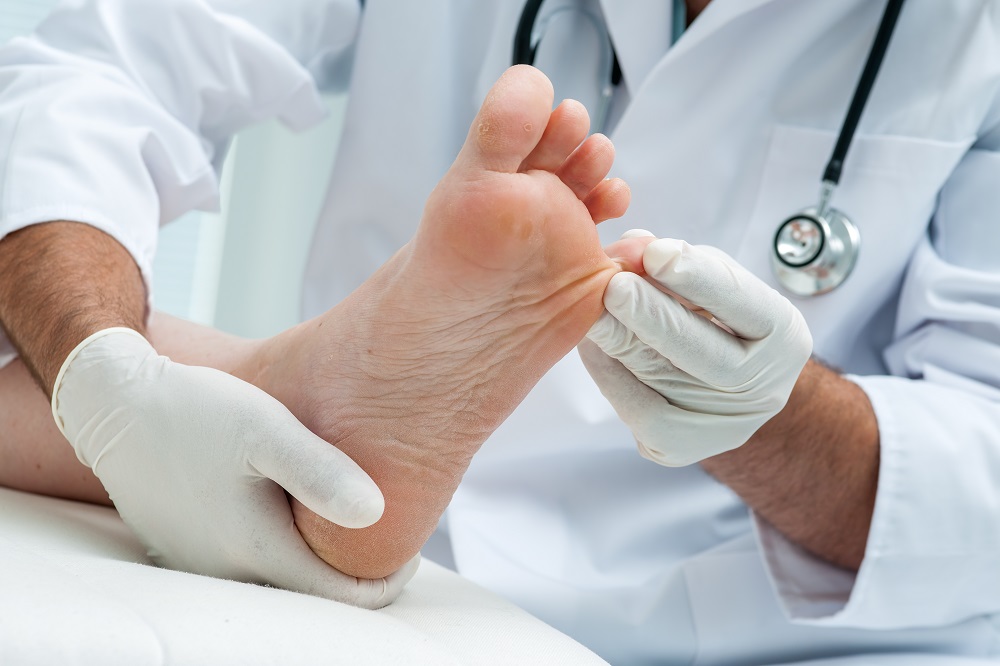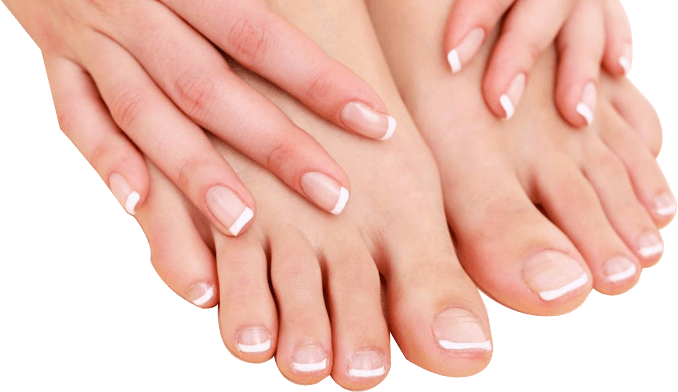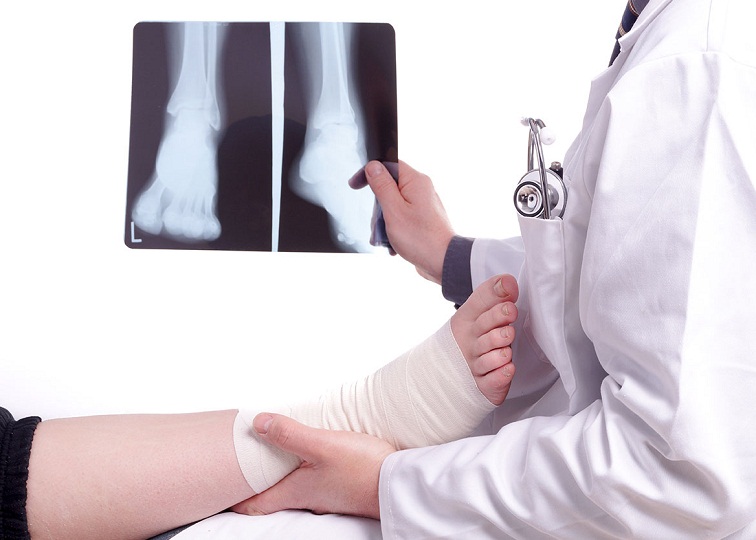Do you know you might be at increased risk for foot problems and infections during the summer if you are diabetic? Well, for patients diagnosed with diabetes, even simple activities like wearing sandals or going barefoot on the beach during summer can be dangerous. Wondering how to enjoy the summer months even with diabetes? Fear not! All you need is summer foot care.
Diabetes has taken over the world like an epidemic. People with diabetes suffer from abnormal blood sugar levels. And, with the summer heat being rife with dangers which are specific to diabetic patients, experts say that steps need to be taken to maintain proper blood sugar level. This is because high blood sugar levels may cause nerve damage and infections leading to diabetic foot. If not treated properly, this can be double trouble since it can lead to foot amputation.
Here’re some suggestions you must follow for ensuring healthy feet during the summer months.
Useful Summer Foot Care Tips For People With Diabetes
Maintain Proper Blood Sugar Levels
Patients suffering from diabetes need to keep a proper blood sugar level of 80 to 130 mg/dL before food and not more than 180 mg/dL 2 hours after having food. Exercising regularly, maintaining a healthy diet and taking proper medication as prescribed by the doctor can help in ensuring proper glucose levels.
Inspect Your Feet Regularly
When was the last time you took a careful look at your feet? For patients suffering from diabetes, it’s important to inspect their feet daily. Podiatrists suggest people with diabetes to check their feet both before putting shoes on and after taking them off. You need to check on your toes, between your toes as well as in your shoe for any kind of debris.
Visit A Chiropodist
Scheduling appointments with the best chiropodist on a regular basis is important for patients suffering from diabetes. During the hot summer months, your feet are at increased risk for fungal infections due to excess moisture and heat. So, visiting your chiropodist regularly during the summer months can help in ensuring healthy feet as much as possible.
Avoid Walking Barefoot
Taking a barefoot walk through the sand can indeed be very tempting. But ocean debris, broken glass, and seashells can affect the skin of your feet, causing infection. Even sidewalks or hot sand can cause burns on your feet. So, it is always advisable to wear shoes whenever you go outside.
Moisturise Your Feet
Using lotion is important for diabetic patients, especially during the hot summer months since it is easy for the skin on their feet to dry out. Experts advise you to apply a thin coat of the lotion on the bottom as well as top of your feet. However, you should avoid putting the lotion in between the toes. This is because; excess moisture often leads to fungal infections.
Time to schedule an appointment with a leading podiatrist!

